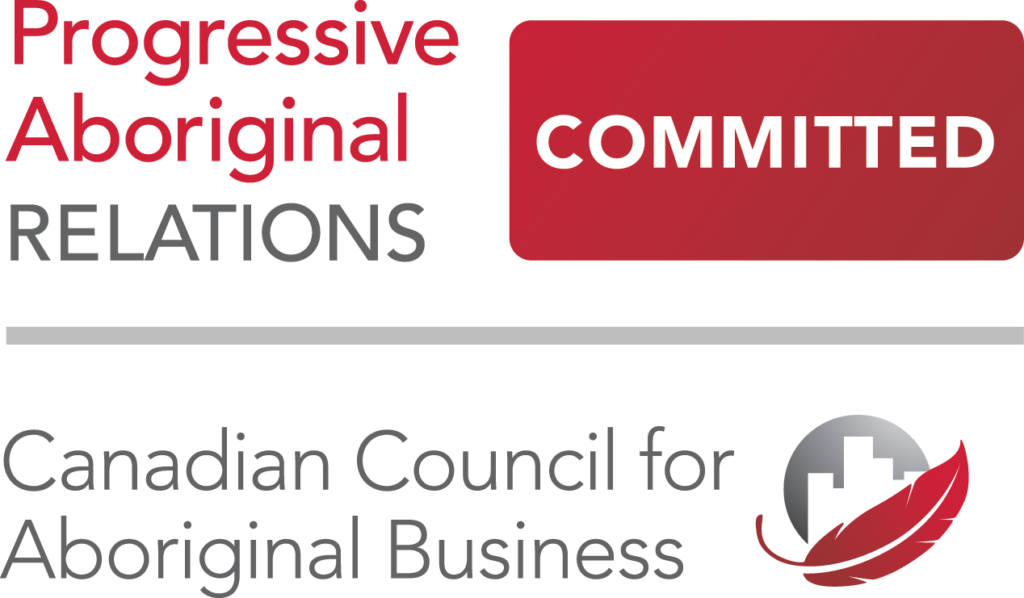Building a successful affiliate program relies on attracting top affiliates from various affiliate types to join, activate, and produce sales for brands. To successfully recruit and retain top affiliate partners, the compensation must be generous enough to motivate affiliates while preserving the budget and margin for your brand. To achieve this balance it’s important to first acknowledge that the days of the one size fits all affiliate program are long gone.
Maximizing the value of an affiliate program means optimizing the compensation models to achieve the brand goals while still appealing to the affiliates. While this sounds simple, the process of optimizing compensation models can be anything but without proper planning and insight.
To help assist you in this endeavor, we’ve broken the process down for you into four easy steps…
Step One – Research and Understand the Different Compensation Models
Before making any changes, it is important to understand the different options for compensation available. Some of the more popular compensation models include, but are not limited to:
- Order Level Commissioning – Paying affiliates a revenue share or flat fee per order is the most common model used. Variations include assigning different cost per action rates, as well as fluctuating the duration of the tracking cookie for different affiliates/affiliate types.
-
- Pros: Adapting from a one-size-fits-all model to fluctuating CPA rates and cookie durations can help to incentivize top of funnel content (and other) partners.
- Cons: Not all affiliate networks allow for one or both, requiring extra effort to: assign partner types, create different terms, track progress, tag, and update.
- Attribution Based Commissioning – Traditional affiliate programs have always credited based on last-click attribution (media with the last consumer contact receives credit for the sale). However, many networks now provide insight into the consumer journey beyond last-click. This allows for multiple options for commissioning including last click, first click, and partial crediting for participation.
-
- Pros: First click attribution is attractive to top of funnel affiliates, especially content partners that no longer need to worry about competing with last-minute clicks from loyalty and deal partners. Splitting commission between affiliates is also attractive to content and deal partners who receive partial credit for their part in driving and closing affiliate sales.
- Cons: If internal tracking (Google Analytics, Adobe, or other) is not set up with the same attribution, this can cause confusion as to who “wins” the sales. Shifting crediting logic will unbalance year over year reporting as the data will no longer provide a comparison of “apples to apples.” Also, a split commission will not work with loyalty/cashback partners whose payout directly affects the consumer.
- Product Level Commissioning – Paying affiliates specialized rates based on item SKU or item category.
-
- Pros: Product or category level commissioning allows brands to compensate affiliates based on their profit margin to maximize the benefit to affiliates while reducing costs on lower margin items.
- Cons: Loyalty and cashback sites rarely offer cashback on sliding CPA rates, so it may be more difficult to craft a strong public-facing loyalty offer. The brand must also have a regularly updated product feed that includes all parameters needed for the network to create CPA rules that match the category and SKU commissioning terms.
- Commissioning by Customer Status – Many brands wish to reward affiliates for the hard work of driving new customers to their site and want to reward those affiliates with a higher commission rate by attaching a higher CPA reward for sales to new customers.
-
- Pros: The cost of acquiring new customers can be a major budget killer for brands, but a CPA reward has proven to be a winning, cost-effective method.
- Cons: Rewarding new vs returning does not utilize the strength of the popular loyalty and rewards sites, the network must be able to commission based on customer type, and the brand must identify new customers and communicate that with the network for customer status commissioning to work.
- Additional Commissioning Options – Include device type (mobile vs desktop), promo code, creative type, lead-based, referral, and more.
Step Two – Take the Findings and Apply Them to the Brand
Once the options for compensation models are understood, it’s time to turn a critical eye toward your objectives.
- What are your goals and objectives for the affiliate program and how can modifying the current compensation model help to achieve those goals?
- Do you value new vs return customers?
- Do some products or categories have higher or lower margins?
- Will changing the cookie window or modifying the compensation model help toward achieving your goals?
- How might changing the current compensation model affect top partnerships?
Step Three – Make Sure the Affiliate Network Supports the Strategy
Before any changes to compensation models are decided upon, it is important to look at the current affiliate network to determine if the desired compensation model is technologically supported. If the network offers the desired compensation model, great, if not, it is important to determine if the brand is either open to adding a second affiliate network or migrating to a new network.
Assuming the current network’s technical capabilities will support the desired compensation model, make sure to review the brand’s current network integration. Most networks will assist with a quick technical evaluation to determine if advanced compensation is available and if the data needed to optimize compensation is currently being passed through to the network
Step Four – Keep Up with Network Updates and Industry Trends
Lastly, the thrill and challenge of working in affiliate marketing is that it is an ever-evolving business. As soon as a brand is optimized for success, technology will provide even more options to drive the business to even greater heights. Keep an eye on the industry, pay attention to all network updates, compensation models used by industry leaders, competitors, and successful brands. In the (paraphrased) words of 80’s movie legend Ferris Bueller, “Life moves pretty fast. If you don’t stop and look around once in a while, you could miss”. A great reminder in the affiliate world to no miss a great opportunity to optimize!
Need help optimizing your affiliate program? Contact an expert today for an Affiliate Program Evaluation.













Comments are closed.